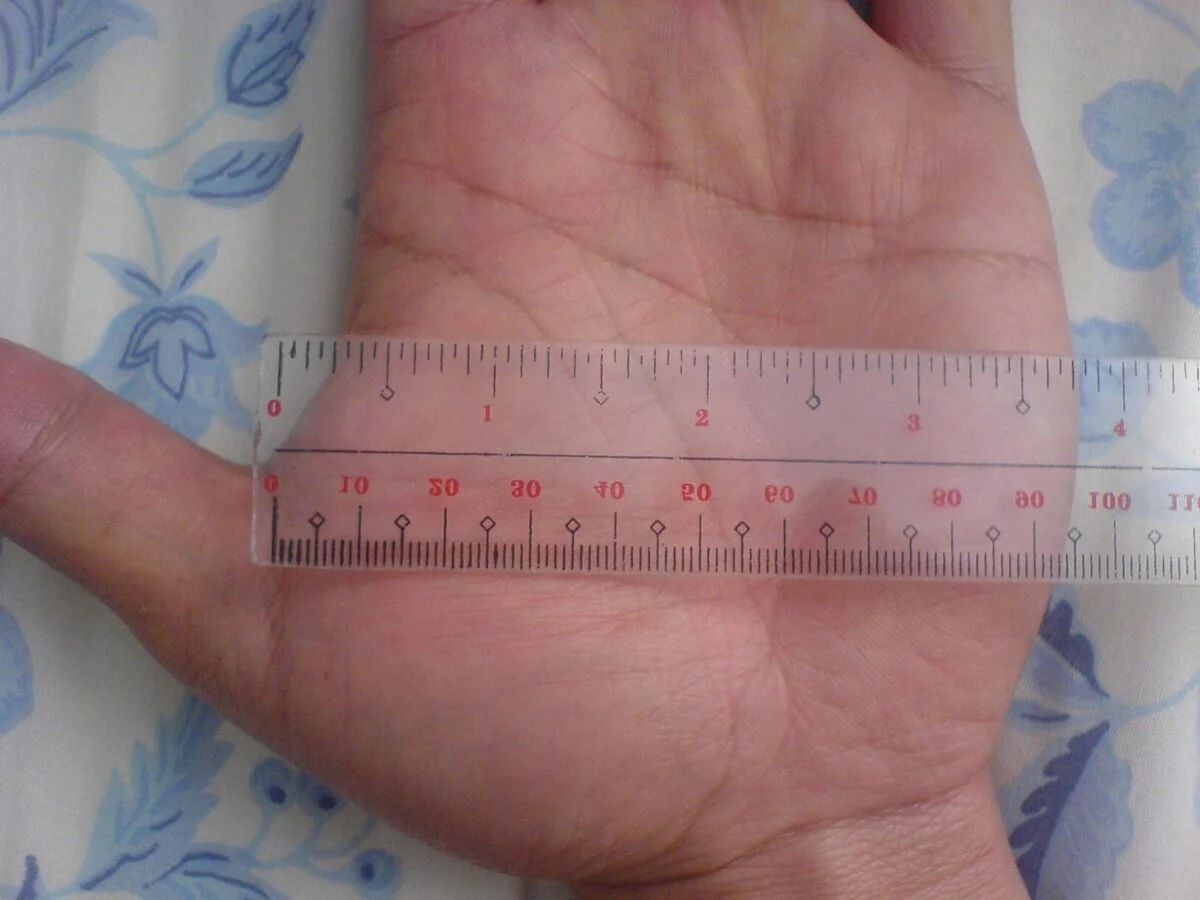Standard Duct Size for Bathroom Exhaust Fans

Using the correct duct size for bathroom exhaust fans is essential to ensure proper ventilation and prevent moisture buildup, which can lead to mold and mildew growth. The standard duct size for bathroom exhaust fans is determined by the size of the bathroom and the fan’s CFM rating.
Ensuring proper ventilation in your bathroom is crucial for maintaining a healthy and comfortable environment. Standard duct size for bathroom exhaust fans plays a vital role in this process. To achieve optimal airflow, it’s essential to select the appropriate duct size.
If you’re considering venting your bathroom fan through a wall, here’s a comprehensive guide that will guide you through the process step by step. Remember, choosing the correct duct size remains paramount for efficient ventilation and the overall health of your bathroom.
Factors Affecting Duct Size
The following factors can affect the duct size for a bathroom exhaust fan:
- Bathroom size: The larger the bathroom, the larger the duct size required.
- Fan’s CFM rating: The higher the fan’s CFM rating, the larger the duct size required.
- Length of the duct run: The longer the duct run, the larger the duct size required.
Standard Duct Sizes
The following table provides the standard duct sizes for different bathroom sizes:
| Bathroom Size | Standard Duct Size |
|---|---|
| Up to 100 square feet | 4 inches |
| 100 to 150 square feet | 6 inches |
| 150 to 200 square feet | 8 inches |
Benefits of Using the Correct Duct Size: Standard Duct Size For Bathroom Exhaust Fan

Using the correct duct size for your bathroom exhaust fan is crucial for optimal performance and preventing potential problems. Here are the key benefits of using the right duct size:
Improved Ventilation: The correct duct size ensures that the exhaust fan can effectively remove moisture, odors, and pollutants from the bathroom. This helps to create a healthier and more comfortable indoor environment.
Reduced Noise: A properly sized duct reduces airflow resistance, which in turn reduces the noise generated by the exhaust fan. This makes for a quieter and more peaceful bathroom experience.
Increased Energy Efficiency: When the exhaust fan is able to operate efficiently with the correct duct size, it consumes less energy. This can lead to significant savings on your energy bills over time.
Preventing Problems, Standard duct size for bathroom exhaust fan
Using the incorrect duct size can lead to a number of problems, including:
- Backdrafting: If the duct is too small, it can create backpressure, causing outdoor air to be drawn back into the bathroom. This can introduce cold air, moisture, and pollutants into the room.
- Condensation: An undersized duct can also lead to condensation forming inside the ductwork. This can damage the ductwork and create a breeding ground for mold and mildew.
- Reduced Airflow: A duct that is too large can restrict airflow, reducing the effectiveness of the exhaust fan. This can lead to poor ventilation and increased humidity levels.
How to Determine the Correct Duct Size

Determining the correct duct size for a bathroom exhaust fan is crucial to ensure efficient ventilation and prevent moisture buildup. Here’s a step-by-step guide:
Calculate the CFM Rating of the Fan
The CFM (cubic feet per minute) rating indicates the volume of air the fan can exhaust. To calculate the CFM requirement, multiply the bathroom’s square footage by 1 CFM per square foot. For example, a 100-square-foot bathroom would require a fan with a CFM rating of 100.
Determine the Duct Run Length
Measure the distance from the fan’s location to the exterior vent. This distance represents the duct run length.
Choose the Duct Material
Common duct materials include flexible aluminum, semi-rigid plastic, and rigid metal. Flexible aluminum is lightweight and easy to install, while semi-rigid plastic is more durable. Rigid metal is the most durable but requires more effort to install.
Tips for Installation
* Use a duct size that matches the fan’s CFM rating.
* Keep the duct run as short and straight as possible.
* Insulate the duct to prevent condensation.
* Seal all joints with duct tape.
* Ensure the exterior vent has a backdraft damper to prevent air from flowing back into the bathroom.
The standard duct size for a bathroom exhaust fan is typically 4 inches, but can range from 3 to 6 inches depending on the size of the bathroom and the fan’s CFM (cubic feet per minute) rating. If you’re having trouble with your Panasonic bathroom fan, you can find troubleshooting tips here.
Once you’ve resolved any issues with your fan, make sure the duct size is appropriate for the size of your bathroom and the fan’s CFM rating.